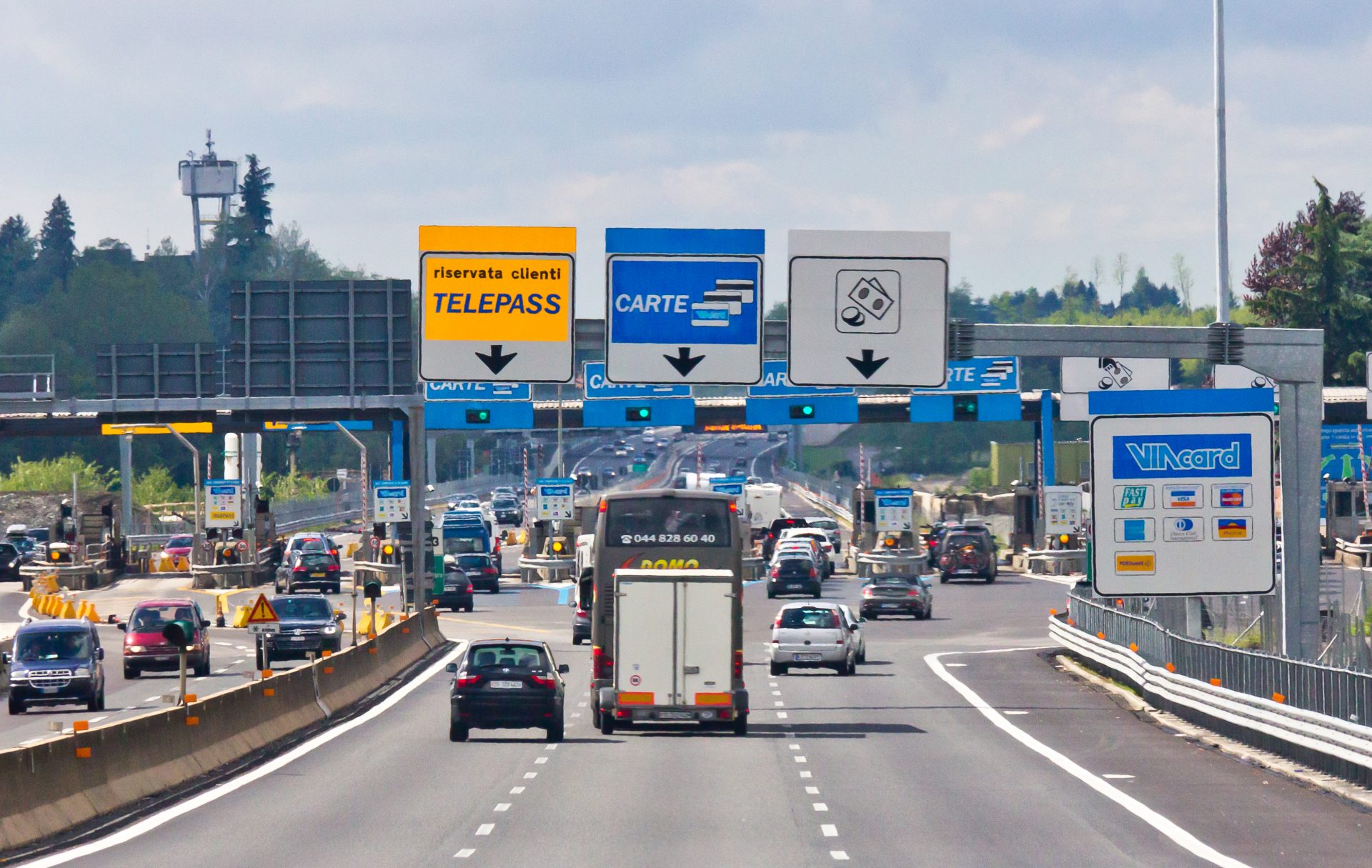Walkability, as used in urban planning, refers to the ease of accessing facilities on foot such as going to the bus stop bus. Its foundation is the notion that metropolitan areas ought to be more than merely transportation thoroughfares intended to accommodate as many vehicles as possible. Rather, they ought to be somewhat full habitable areas that accommodate a range of users, uses, and modes of transit, hence decreasing the necessity for automobiles for transportation.
Research
A study made an effort to quantify the subjective aspects of the urban street environment in a thorough and impartial manner. Five urban design attributes—imageability, enclosure, human scale, transparency, and complexity—were assessed in terms of the physical features of roadways and their edges using scores from an expert panel. The synergistic interdependencies of density, mix, and access are essential to walkability.
One cannot consider these elements in isolation. Rather than one perfect functional mix. Similarly, walkable access depends on destinations and is designed for metropolitan access through public transit nodes; it cannot be boiled down to a single metric of connectedness, permeability, or catchment. Popular “walk score” or “rate my street” websites provide additional metrics to link urban morphology with improved environmental and health outcomes, even if DMA is based on walkability assessments.
Access
An interconnected collection of structures, people, and street activity is called density. Because it concentrates more people and places within walkable distances, it is an essential walkability feature. Because people move from the outskirts to the city center, it is challenging to determine density. Furthermore, different geometries and building typologies might have very variable density measurements. Confusion may arise because density and building height are sometimes confused.
Second, the dwellings/hectare metric is widely used but quite imprecise. Household size, residence size in relation to building or population densities, and functional mix all play a role. For the same population, larger homes will result in higher building densities, and for the same number of dwellings, larger households will result in higher populations. Housing is not a metric of building or population density in functionally mixed areas because it is only one element of the mix. Another typical measure is the census-based density of inhabitants per hectare as measured in accessibility of a bus stop bus .
